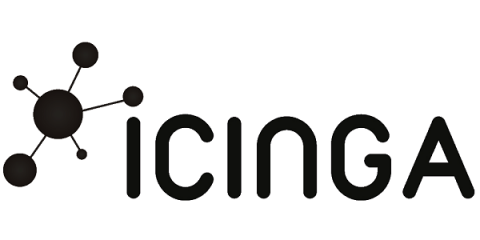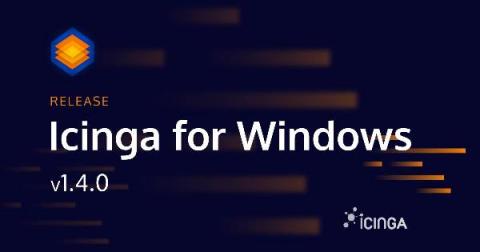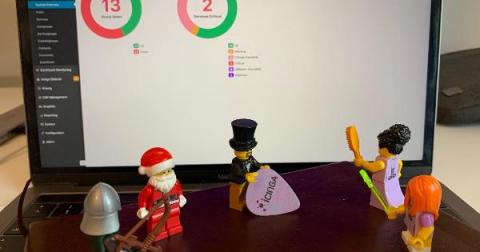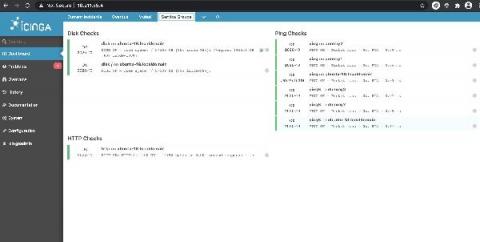Debugging Filters and Apply Rules using the Script Debugger
Have you ever been in a situation where something in your Icinga configuration did not work as expected and you ended up doing small changes and reloading Icinga over and over again? This can be especially tricky with apply rules and filters if they don’t match the objects you hope for. This post will show you how you can use the Icinga Script Debugger in this situation to get an interactive console in the context where the apply rule or filter is evaluated.









